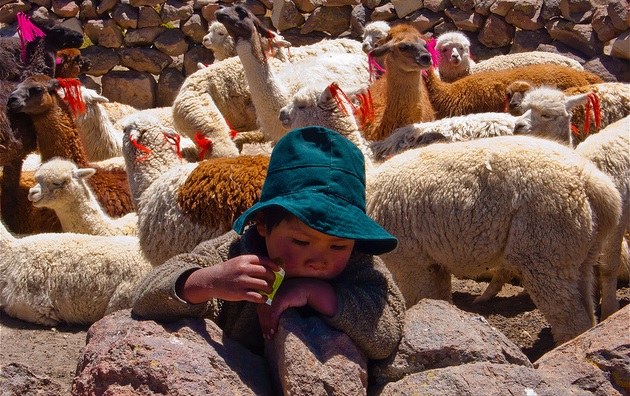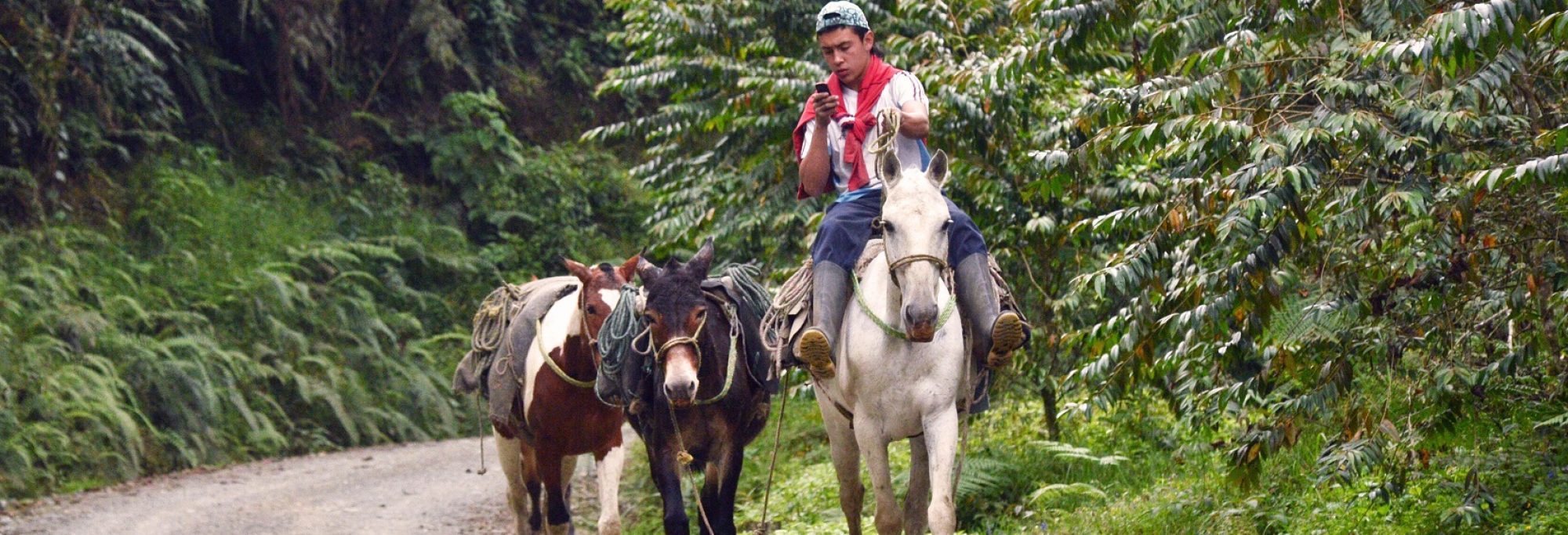ARGENTINA
The Pan American Health Organization has approved a drug manufactured in Argentina against the parasitic disease Chagas. Benznidazol will be produced by two private laboratories with additional government funding. It’s the first line of treatment for Chagas disease and cures 80-90% of cases, according to the WHO.

Argentina’s Leloir Institute recently discovered an enzyme, IDE-Met1, which prevents the accumulation of amyloid beta protein, implicated in Alzheimer’s disease for damaging the nerves and producing a loss in cognitive power. This enzyme fails in Alzheimer’s patients and the study elucidated the active and inactive genes in its synthesis. Alzheimer’s affects 24 million people around the world.
BOLIVIA
Between 10 and 12% of the Bolivian population is infected with Chagas, a disease caused by the parasite Trypanosoma cruzi. With the financial support of the Spanish Agency of International Cooperation for Development (AECID), Bolivian scientists have been willing to investigate and treat patients despite the meager resources they have and have installed six platforms for integrated care.
BRAZIL
A series of studies of Brazil’s Mato Grosso region have revealed that intensive agriculture has altered the watershed and resulted in a greater incidence of fires, the loss of biodiversity, and “the potential for greater floods and lower water in rivers in cleared areas compared with intact forested areas,” says Christopher Neill, director of The Ecosystems Center at the Marine Biological Laboratory in Woods Hole, MA and author of one of the Mato Grosso studies published in Philosophical Transactions of the Royal Society B. “We present some evidence that nutrient runoff may be less than from equivalent agriculture in many temperate zones, but we still don’t know what happens after intensive farming for decades instead of years,” Neill told LatinAmericanScience.org.
Brazilian biologists have documented the Rhinella proboscidea toad species, inhabitant of the Amazon, mating with dead females. Because the males are so heavy, they often crush and kill their mates during mating, though the eggs are released for fertilization despite her expiring. The scientists conclude that this is the only species that practices functional necrophilia (PDF).
COLOMBIA
Sediment could be to blame for the exacerbation of flooding in Latin American countries like Colombia. With flooding disasters worsening in recent years—over 180 per year—researchers are looking for reasons. Deforestation and subsequent sediment production could be a cause. Sediment production is higher in Colombia’s Magdalena river than any other South American river, according to researchers at EAFIT University in Medellin, Colombia.
MEXICO
Researchers say the Mexican population has a high genetic predisposition to diabetes because it owes 70% of its genetics to indigenous heritage. The study being done by Mexico City’s UNAM has detected a polymorphism—called HNF4A—that decreases insulin secretion by up to 40% among the indigenous people.
PERU
Peru is building a center for biotechnology to improve the genetics of alpacas and llamas, Andean camelids prized for their wool. The center, located in Carabaya province, will offer training and technical assistance for alpaca and llama farmers. The researchers have already managed to help out the Queracucho community and have implanted 20 alpaca embryos. PDF.
